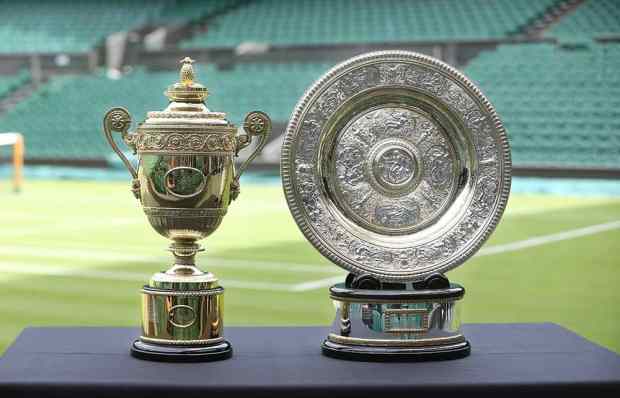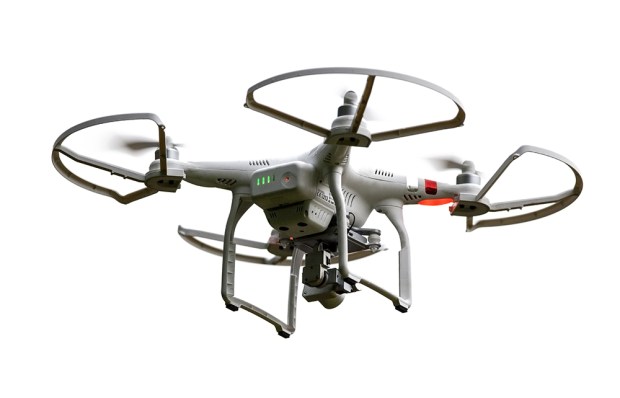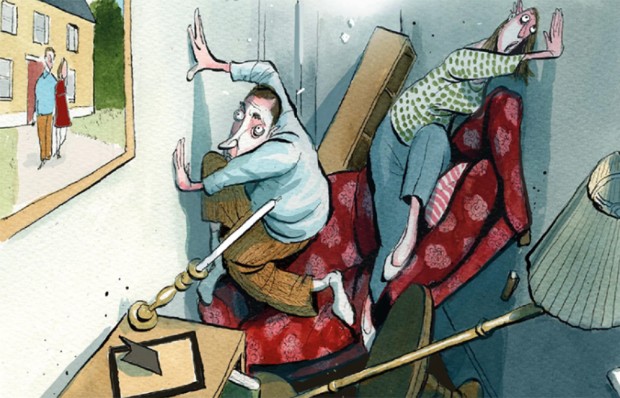Waiting Games
What did Japan, and the world, look like the last time Tokyo held the Olympics in 1964?
— As this year, Tokyo had to wait to hold the Games. It was awarded the 1940 Olympics, but the offer was withdrawn after the Japanese invasion of China (before the 1940 Games were abandoned altogether).
— South Africa was banned for the first time for refusing to send a single, multiracial team to the Games.
— In spite of it being three years since the building of the Berlin Wall, East and West Germany entered a single ‘united’ team.
— They were the first Games broadcast around the world by satellite.
— They were the last Games to use a cinder athletics track.
—The Games marked the inauguration of the bullet train between Tokyo and Osaka.
Tickets please
The Tokyo Olympics is to have no spectators. How many people normally attend? Tickets sold, out of total available:
Los Angeles 1984 5.7m (6.9m)
Seoul 1988 3.3m (4.4m)
Barcelona 1992 3m (3.9m)
Atlanta 1996 8.3m (11m)
Sydney 2000 6.7m (7.6m)
Athens 2004 3.8m (5.3m)
Beijing 2008 6.5m (6.8m)
London 2012 8.2m (8.5m)
Rio de Janeiro 2016 6.2m (6.8m)
In the club
Nightclubs were open for the first time since March 2020. How many people are celebrating? Before the pandemic:
— 8% of Britons said they were ‘regular’ clubbers (10% of men, 6% of women).
— 12% said they were infrequent clubbers.
— 27% say they’d never been to a club.
— Admissions fell 23% from 149 million to 115 million between 2010 and 2015.
— Of those put off by clubs, 46% cited prices at the door, 46% expensive drinks, 43% overcrowding, and 36% the music.
Source: Mintel
Only foals and horses
The charity Animal Aid presented footage of former racehorses allegedly being maltreated in a slaughterhouse. What happens to retired racehorses? A study by Racing Victoria in Australia followed the fate of 4,115 racehorses nine years after they had been foaled:
— 5% were still racing.
— 40% were re-homed as companion animals or working in some other capacity.
— 20% were breeding.
— 19% were dead.
— The fate of 16% was unknown.
Got something to add? Join the discussion and comment below.
Get 10 issues for just $10
Subscribe to The Spectator Australia today for the next 10 magazine issues, plus full online access, for just $10.
You might disagree with half of it, but you’ll enjoy reading all of it. Try your first month for free, then just $2 a week for the remainder of your first year.














Comments
Don't miss out
Join the conversation with other Spectator Australia readers. Subscribe to leave a comment.
SUBSCRIBEAlready a subscriber? Log in